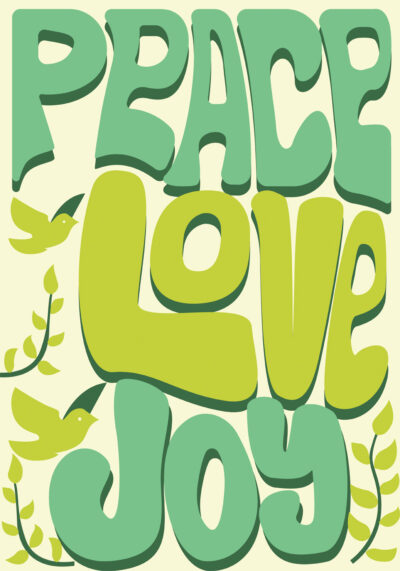Our children look to us to figure out how to be human. They study: our breath when they’re afraid our tone when they make mistakes
 Our children look to us to figure out how to be human.
Our children look to us to figure out how to be human.
They study:
our breath when they’re afraid
our tone when they make mistakes
our posture when we’re disappointed
our energy when they’re overwhelmed
And when we regulate ourselves instead of reacting at them, they learn what safety feels like—not just physically, but emotionally.
They learn: “Even when things are hard, love doesn’t leave the room.”
🔄 What Is Self-Regulation?
Self-regulation is your ability to notice your rising emotions and choose a safe, grounded response instead of reacting in anger, fear, or control.
It is not pretending you’re okay.
It is not silencing your feelings.
It is saying:
“I feel myself getting tense. Let me take a breath.”
“I need a moment to respond with love.”
“I’m feeling overwhelmed. Let me lower my voice.”
This is not shutting down. It’s showing up. With care. With intention. With healing.
🌟 5 Ways to Regulate in the Moment (Without Losing Yourself)
1. Name the Trigger Without Shame
When you feel that familiar spark of anger or helplessness, pause and ask:
“Is this about now—or something from then?”
Often, what we’re feeling has roots in our own childhood:
Being ignored
Feeling disrespected
Needing control to feel safe
Naming it gives you power. Silence gives it room to grow.
2. Speak Your Regulation Out Loud
Children learn by example.
Saying, “I’m taking a deep breath so I don’t yell,” teaches them to do the same.
You’re not being dramatic.
You’re modeling emotional intelligence.
3. Lower Your Voice, Even When You Want to Raise It
Yelling often comes from a loss of control. But control isn’t the goal—connection is.
Try:
Speaking slower
Speaking softer
Speaking with love, even when correcting
It doesn’t mean permissiveness.
It means safety and structure.
4. Take a Pause Without Abandoning
You can take space and stay connected.
Say:
“I’m going to step into the next room to calm down. I’ll be back in one minute.”
You’re teaching that boundaries are safe. That love doesn’t vanish when feelings are big.
5. Use Touch and Eye Contact
A gentle hand on your child’s shoulder.
Eye-level connection.
A whispered, “I’m still here.”
These are anchors.
Your child will remember them—even when they can’t find the words.
🌈 7 Parenting Affirmations for Regulated Love
I am allowed to pause before I respond.
My breath is powerful. My presence is healing.
I can break cycles without breaking myself.
Even when I feel triggered, I can choose calm.
My child needs safety, not perfection.
I regulate not to control them—but to protect us both.
I am creating a home where love doesn’t leave the room.
🧶 Survivor Snippet
“I used to think parenting meant controlling everything—behavior, emotions, even tone. But I was reacting out of my own unhealed places. Now, I know the greatest gift I can give my child is showing them what it looks like to stay calm, even when it’s hard. We both feel safer now. And we’re healing together.”
— A Survivor Learning to Parent with Peace
🕊️ A Final Word from RosasChildren.com
You don’t have to parent like the world.
You can parent like a healer.
Like a cycle-breaker.
Like someone who knows the power of presence.
And when your child remembers home, they’ll remember this:
“Even when I was messy, loud, or struggling…
my caregiver didn’t leave.
They stayed.
And they loved me through it.”
That’s legacy.